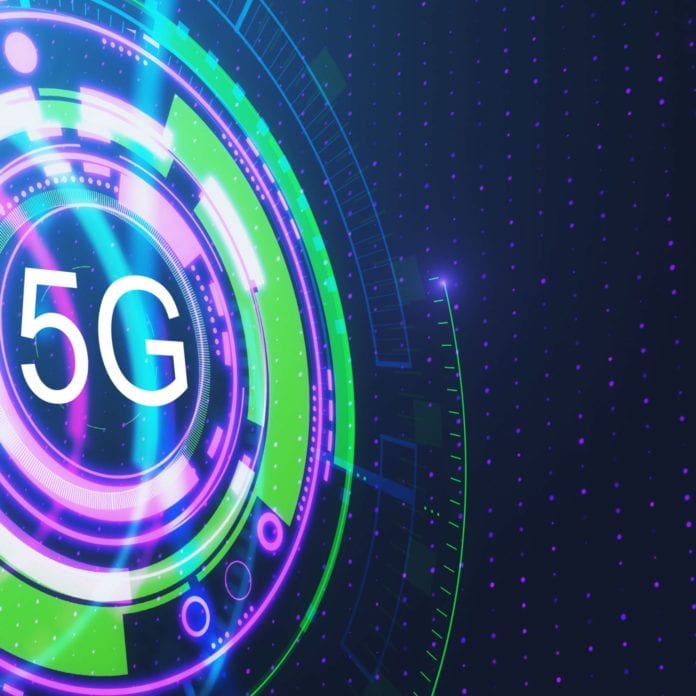5G offers communications service providers more range in the types of services their networks can efficiently support — but that flexibility also means some additional complexity comes along.
Jason Elliott, head of CSP portfolio and partnership marketing at Nokia, likens 5G to a toolbox. What will CSPs build, and how?
“The way I like to talk about 5G is the fact that we’ve built a toolbox really of amazing different technology capabilities,” said Elliott. “When you have a big toolbox like 5G … it’s not about using, like we did before with previous generation technologies … one tool to do one specific job, and it doesn’t do many other jobs.” Now, he notes, 5G networks can offer very high bandwidth for intensive applications, can deliver very low-latency or high-reliability service for business or mission-critical communications — depending on what operators decide to deploy, and where.
While perhaps this means a more complicated network than previous generations of wireless technology, Elliott said, it also enables flexibility for CSPs to decide what type of network provider to be. “It gives us a whole set of tools that help the specific service providers … be able to develop their business a little bit more,” he explained. “Whether that’s wanting to produce a consumer experience that’s off the charts in terms of performance, to deliver great consumer experiences, or whether it’s to use those additional tools in 5G to expand into new markets like enterprise for the more ultra-low latency, high-reliability communications for manufacturing and in industrial automation.”
In order to build the services with these new tools, he says, “you have to look at the network in its entirety. … Instead of having this mentality of, okay, I have a physical box that I need to install more cards to, or [that] I need to manage like single-point-of-entry network elements, you now have to look across the entire network — because it’s basically software building blocks to do everything.”
CSPs, he said, need to consider 1) how they build and deploy a service and chain it together, 2) how it is orchestrated and managed alongside other services, and 3) how that service is then offered, delivered and maintained.
In order to do so, the underlying network layer has to be built for the highest level of performance, Elliott says — CSPs cannot reduce performance expectations for software-based versus purpose-built hardware in the network infrastructure. That means designing cloud-native software, he adds, as well as considering the orchestration of related microservices and a shared data layer among microservices for visibility.
From the outside, he acknowledged, 5G “does look very complex because you can do all these things like slicing. You have ultra-low latency, high-bandwith, critical communication systems. … We can address more spectrum, and then also we can virtualize the network — but the point being is that you’ve built this incredibly powerful toolbox, and based on your market need and the resources that you’re investing in, you take those tools from the toolbox and you apply them to what you need to do to grow your business and remove the boundaries that are holding your business back.”
Looking for more information on monitoring and optimizing maturing 5G networks? Check out our recent editorial report.
.

